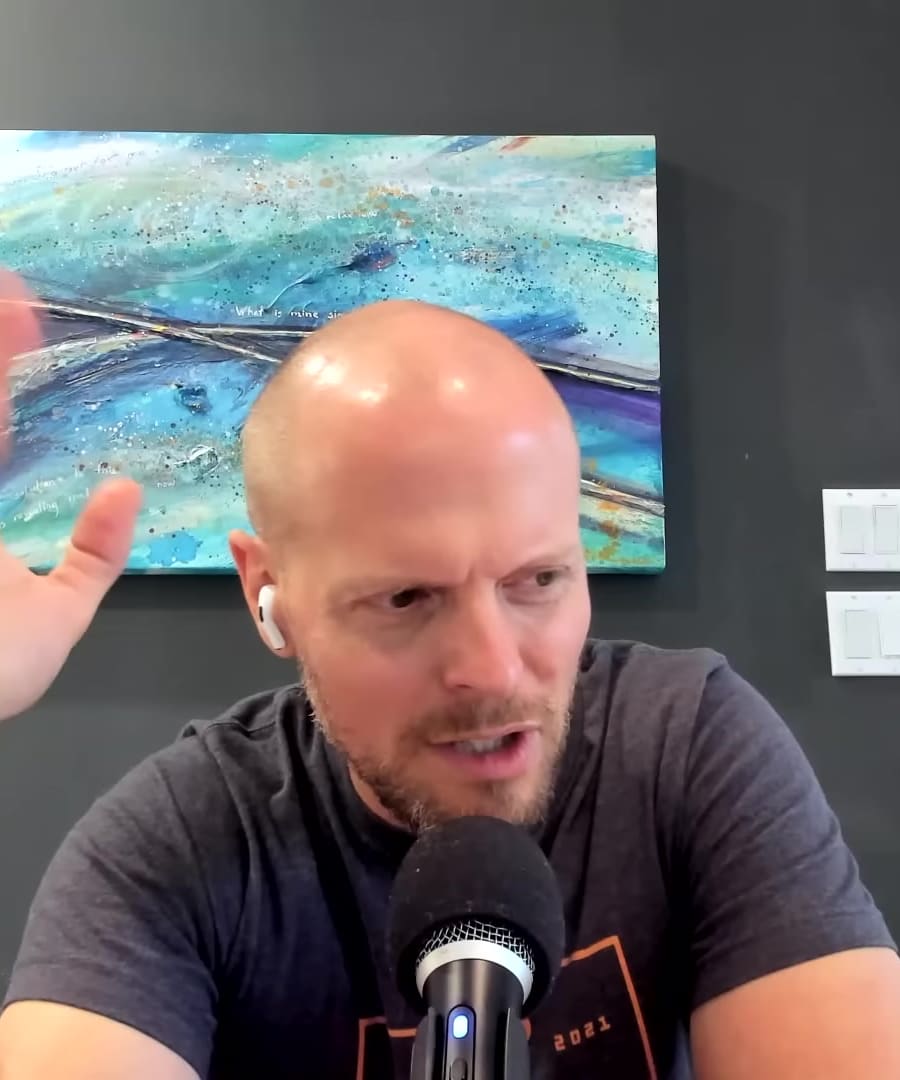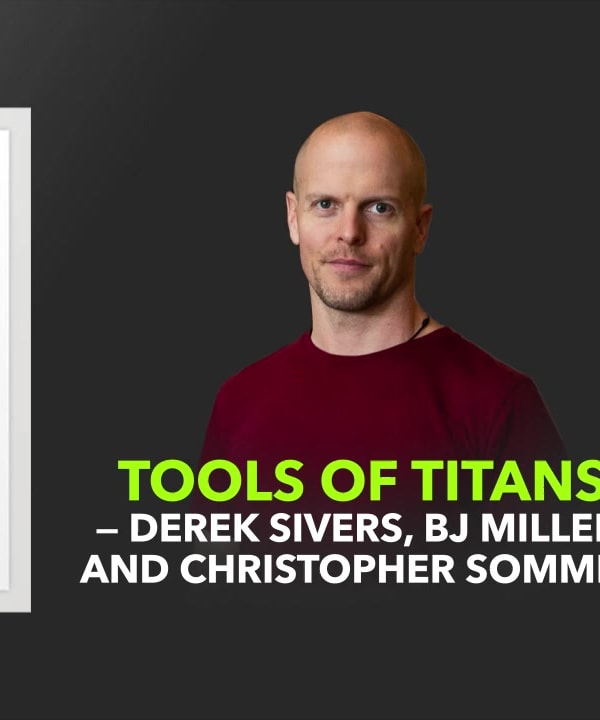Mental shortcuts
Sources:
Tim Ferriss has discussed mental shortcuts, or cognitive models, in various episodes. Here are some key insights from these discussions:
-
Mental Models with Edward O. Thorp: Thorp explains the concept of "externalities" as a mental model, defining them as unintended consequences of actions, often negative but sometimes positive. He shares examples, such as construction work causing flat tires due to debris on the road, which illustrates the unintended impact on others 1.
-
System One vs. System Two with Stanley McChrystal: This conversation distinguishes between "System One" (fast, automatic thinking) and "System Two" (slow, deliberate thinking). Ferriss and McChrystal discuss how System One responses are instinctive, like swerving to avoid an accident, whereas System Two is used for complex calculations and deliberate thought processes 2.
-
Thinking Fast and Slow with BJ Miller: Referencing Daniel Kahneman's work, BJ Miller emphasizes the value of deliberate, slower thinking over automatic responses. He highlights the importance of breaking automatic thought patterns to form new, conscious responses, which can be more thoughtful and beneficial in the long run 3.
-
Condensing Information with Brendan Moynihan: Moynihan discusses how our brains can condense large amounts of data into smaller, more manageable mental units. Using examples like checklists and the visualization of numbers, this process helps in quickly grasping and applying information effectively. Tim Ferriss references Atul Gawande's "The Checklist Manifesto" to underscore the impact of using simple checklists to avoid errors in high-stakes environments like hospitals and aviation 4.
These insights illustrate the applications and importance of mental shortcuts and cognitive models in decision-making and daily life.
RELATED QUESTIONS-



